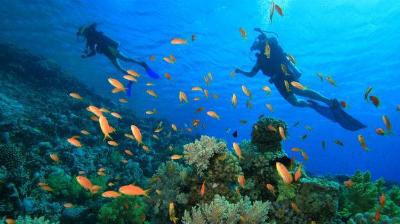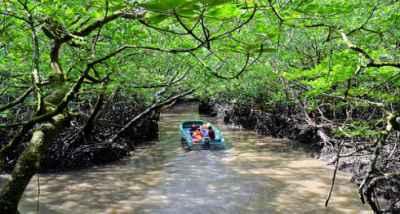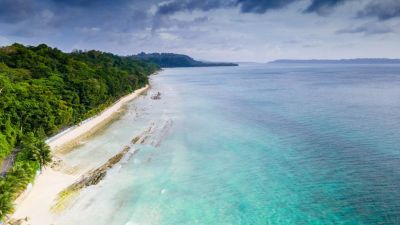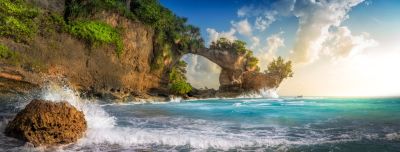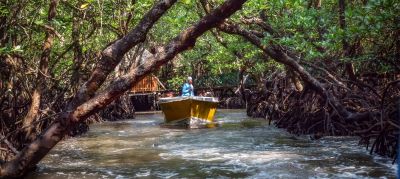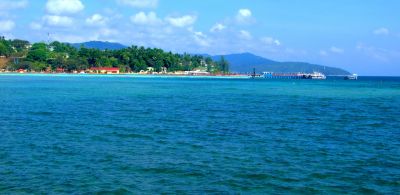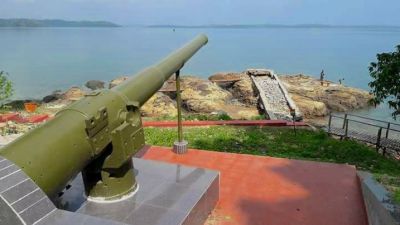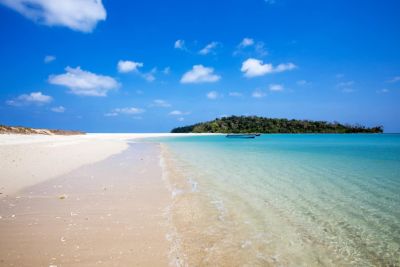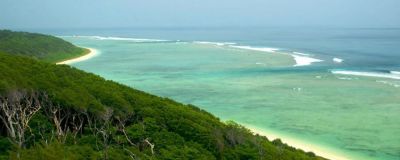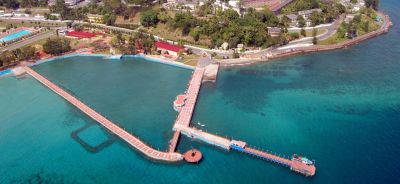The Geology of Andaman: Exploring the Islands' Natural History
The Geology of Andaman: Exploring the Islands' Natural History
Situated in the Bay of Bengal, the Andaman Islands are nothing short of a paradise. With their pristine beaches, crystal-clear waters, and lush green forests, these islands have become a popular destination for travelers seeking a tropical getaway. While the beauty of the islands is well-known, not many are aware of the fascinating geology that lies beneath its surface. In this article, we will explore the geology of Andaman and delve into its rich natural history.
Formation and Tectonic History
The Andaman Islands were formed as a result of tectonic activity millions of years ago. Geologically, the islands are a part of the larger Andaman and Nicobar Islands archipelago, which stretches over 800 kilometers. The Andaman Islands are situated on top of the Andaman Trench, which marks the boundary between the Indian and Burmese tectonic plates.
The islands themselves are volcanic in nature, with several volcanic cones spread across the region. The most prominent volcano is Mount Harriet, which stands at a height of 383 meters. The volcanic activity in the past has contributed to the unique landscape and rock formations found on the islands.
Rock Formations
The Andaman Islands boast a diverse range of rock formations, each with its own distinct characteristics. One of the most fascinating rock formations is limestone, which is abundantly found in the islands. Limestone is sedimentary rock formed from the remains of marine organisms such as corals and shellfish. The presence of limestone has led to the formation of stunning caves and karst topography in certain areas of the islands.
Another significant rock formation found in Andaman is basalt, which is a volcanic rock. Basalt is formed when lava cools and solidifies rapidly, resulting in a fine-grained rock. This type of rock is abundant in the volcanic areas of the islands and has contributed to the unique black sand beaches found in some parts.
Apart from limestone and basalt, there are also deposits of granite, sandstone, and shale present in the islands. These rocks hold clues to the geological history of the region and are a fascinating subject of study for geologists.
Landforms and Natural Features
The geology of Andaman has not only shaped the landforms but also influenced the formation of various natural features. One of the most famous features is the limestone caves found in Baratang Island. These caves are a testament to the erosive power of water, which has slowly carved out magnificent formations over thousands of years. The stalactites and stalagmites found in these caves are a sight to behold.
The beaches of Andaman are another natural feature that is influenced by the geology of the islands. The white sandy beaches are formed from the deposition of coral and shell fragments over time. The clear turquoise waters surrounding the islands are a result of the shallow coastal regions and the absence of major river discharges.
Importance for Biodiversity
The geology of Andaman plays a crucial role in supporting the diverse flora and fauna found on the islands. The nutrient-rich volcanic soil provides an ideal environment for the growth of vegetation. The dense forests of Andaman are home to a wide variety of plant species, including the iconic Andaman Padauk and the towering Gurjan trees.
The unique geological features such as limestone caves also serve as important habitats for various species. These caves provide shelter for bats, swiftlets, and a multitude of invertebrates. The presence of coral reefs around the islands further enhances the biodiversity, with numerous species of fish, marine mammals, and corals calling the Andaman Islands their home.
Captivating Visitors
The geology of Andaman is not only of scientific interest but also captivates visitors with its natural beauty and intriguing formations. Exploring the caves, walking along the black sand beaches, and snorkeling amidst the vibrant coral reefs are just a few of the experiences that showcase the geological wonders of the islands.
To make the most of your visit to Andaman, it is recommended to join guided tours or hire local guides who are knowledgeable about the geology and natural history of the islands. They can provide valuable insights and take you to lesser-known spots that truly showcase the geological wonders of the islands.
Conclusion
The geology of Andaman is a fascinating subject that adds depth to the already breathtaking beauty of the islands. From the volcanic cones to the limestone caves, each geological feature tells a story of millions of years of tectonic activity and natural processes. Understanding the geology of Andaman not only helps us appreciate the natural wonders but also emphasizes the need for conservation and sustainable practices to protect this precious ecosystem.
So, the next time you plan a trip to Andaman, take a moment to marvel at the geological wonders that lie beneath the surface, and let the natural history of the islands mesmerize you.
Don't forget to share this blog post with your friends and fellow travelers who have an interest in geology and natural history!
Disclaimer : The information provided in this blog is for general informational purposes only. While we strive to keep the content accurate and updated, TravelSetu assumes no liability for errors or omissions. If you believe any part of this blog infringes your rights or causes concern, please notify us immediately at info[at]travelsetu[dot]com so that appropriate action can be taken.

